Life and work
His father was a merchant, who wanted him to take up a career in business, but he wanted to be an engraver. After acceding to his father's wishes and saving a small sum of money, he was finally given permission to pursue his own goals. Accordingly, in 1781, he left home for Dresden, to study engraving. He then returned to Greiz, where he practiced his new profession until 1788. At that time, he moved to Weimar, seeking greater opportunities. There, he became acquainted with Goethe, who encouraged him to learn stone cutting. Working with information provided by Goethe, he made his own tools and machines, but discovered that his skills were not quite up to the task. As a result, he went back to Dresden to take lessons from the stone cutter, Gottfried Benjamin Tettelbach (1750-1813).
He then set up a stone cutting and engraving workshop in Weimar, where he produced numerous busts in stone and steel. He also became known as a medalist. His notable works in that medium include one commemorating the meeting between Napoleon and Tsar Alexander I in Erfurt in 1808; the 78th birthday of Christoph Martin Wieland in 1813; and the farewell ceremonies for Professor Paul Johann Anselm Ritter von Feuerbach, upon his departure from Jena to Ansbach in 1817.
He was also an inventor. During reconstruction of the Schloss Weimar, he devised a stucco compound that would become as hard as stone after a short time. In addition, he had secret methods for polishing steel and hardening metal stamps to keep them from cracking.
In 1829, he was appointed the official medalist of Weimar. In 1840, he was named an Honorary Professor.
Of his five children, only his daughter Angelica followed him into the trade. [2] Today, her works are better known.
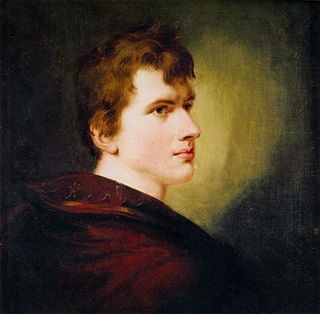
Carl Joachim Friedrich Ludwig von Arnim, better known as Achim von Arnim, was a German poet, novelist, and together with Clemens Brentano and Joseph von Eichendorff, a leading figure of German Romanticism.

Christian Gobrecht was the third Chief Engraver of the United States Mint from 1840 until his death in 1844. He was responsible for designing the famous "Seated Liberty" designs, which were in turn the direct inspiration for the design of the Trade Dollar. He designed the Gobrecht Dollar, which was struck in small quantities from 1836 to 1838 and later inspired the Flying Eagle cent. He also designed the obverse sides for the Liberty head Quarter Eagle, Half Eagle, and Eagle gold coins, as well as the "braided hair" type Half cent and Large cent coins.

Jean Auguste Barre was a French sculptor and medalist. Born in Paris, he was trained by his father Jean-Jacques Barre (1793–1855), a medalist. In 1879, he succeeded his brother Jean-Auguste Barre as the 19th Chief engraver of the Monnaie de Paris, though he held the position for only one year.

The Weimar Princely Free Drawing School was an art and literature educational establishment. It was set up in 1776 in Weimar by the scholar and ducal private-secretary Friedrich Justin Bertuch (1747–1822) and the painter Georg Melchior Kraus (1737–1806), as part of Weimar Classicism. It was financed by the young Charles Augustus, Grand Duke of Saxe-Weimar-Eisenach and heavily promoted by Goethe, who also taught there. Among its pupils were Charles Augustus's future mistress Karoline Jagemann. It lasted until 1930.
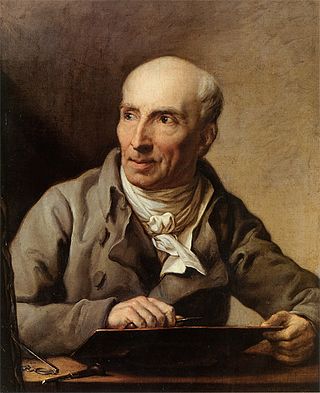
Johann Friedrich Bause was a German copper engraver; primarily of portraits.
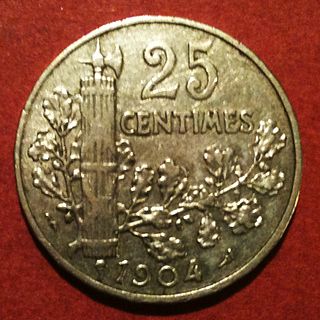
Henri Auguste Jules Patey was a French sculptor, medallist and coin engraver.

Conrad Meyer was a painter, engraver, and medallist of Zürich.
Charles Pillet was a French sculptor and engraver.

Johann Lorenz Natter (1705–1763) was a German gem-engraver and medallist.

Romain-Vincent Jeuffroy was a French gemstone engraver and medalist. He was active before and during the French Revolution and the First French Empire, and made many medals for Napoleon.
Thomas Halliday was an English coin and medal engraver associated with the Royal Birmingham Society of Artists.
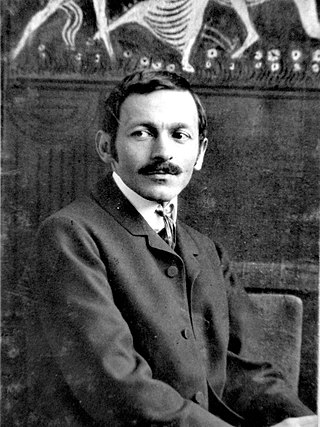
Ignatius Taschner, also known as Ignaz Taschner, was a German sculptor, medalist, graphic designer and illustrator.
Paul-Marcel Dammann was a French engraver and medalist, a student of Jules-Clément Chaplain (1839–1909).
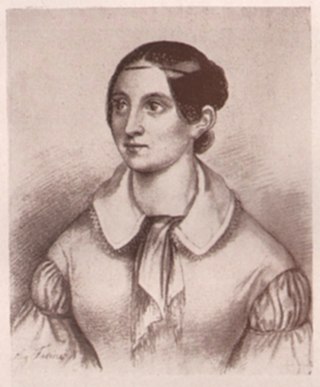
Angelica Bellonata Facius was a German sculptor, gem engraver, and medallist.

Christian Fueter was a Swiss medalist and mint-master at Bern from 1792–1837.

Joseph-Pierre Braemt was a Belgian medalist and coin designer.
Jacob Abraham (Abram) (1723, Strelitz – June 17, 1800, Berlin) was a German Jewish medalist and lapidary.

Rambert Dumarest was a French engraver and medallist.
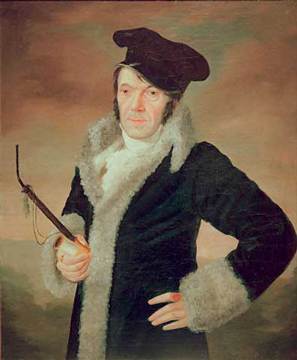
Conrad Westermayr was a German painter and copper engraver.
This page is based on this
Wikipedia article Text is available under the
CC BY-SA 4.0 license; additional terms may apply.
Images, videos and audio are available under their respective licenses.















